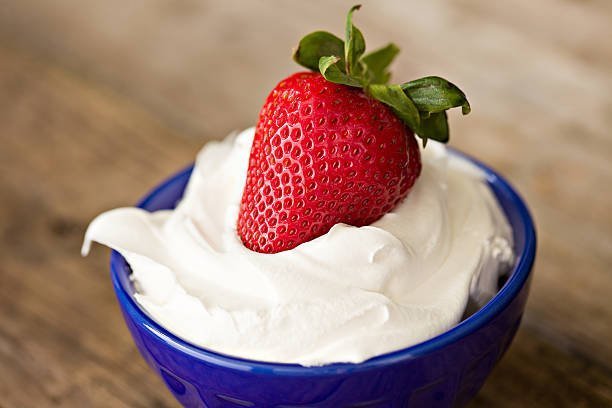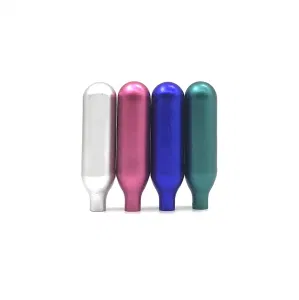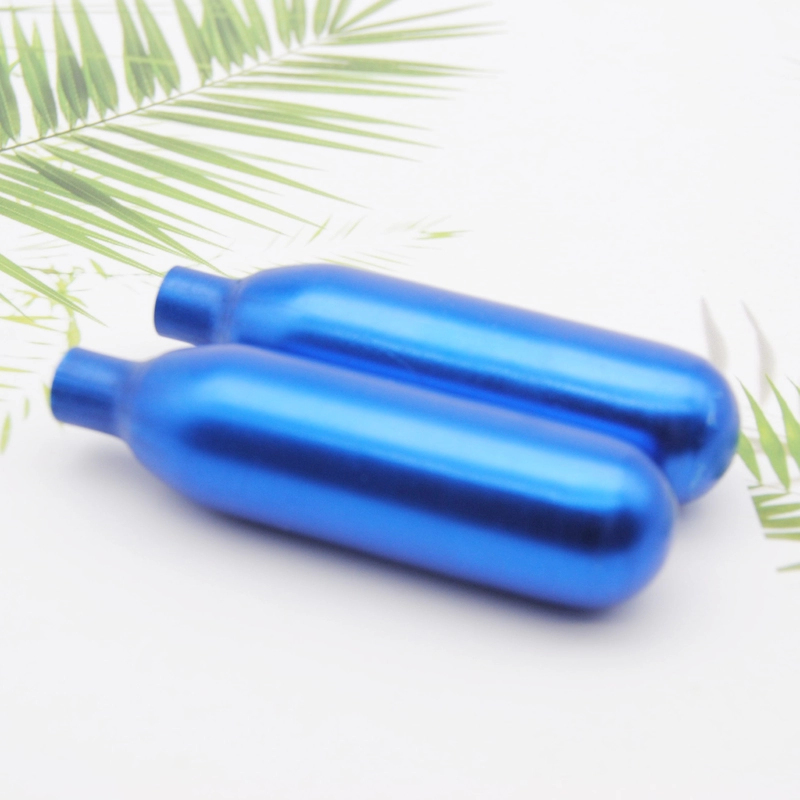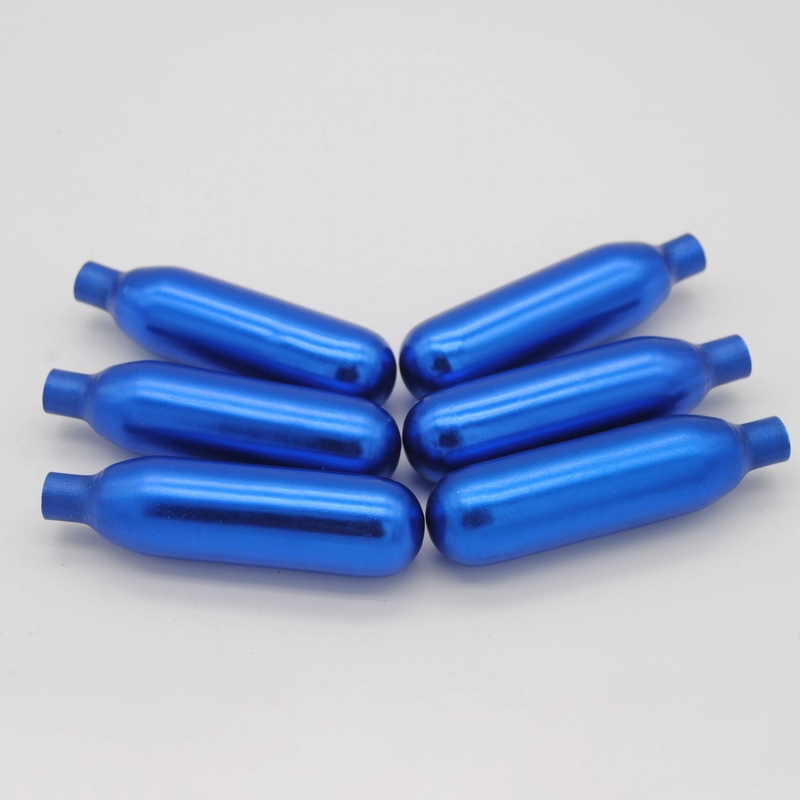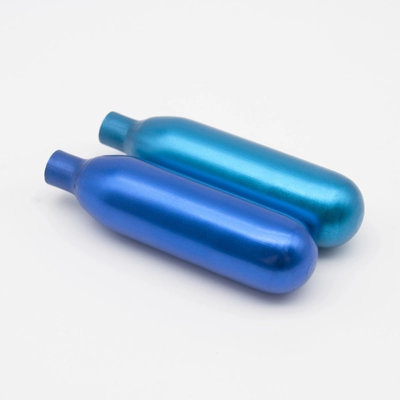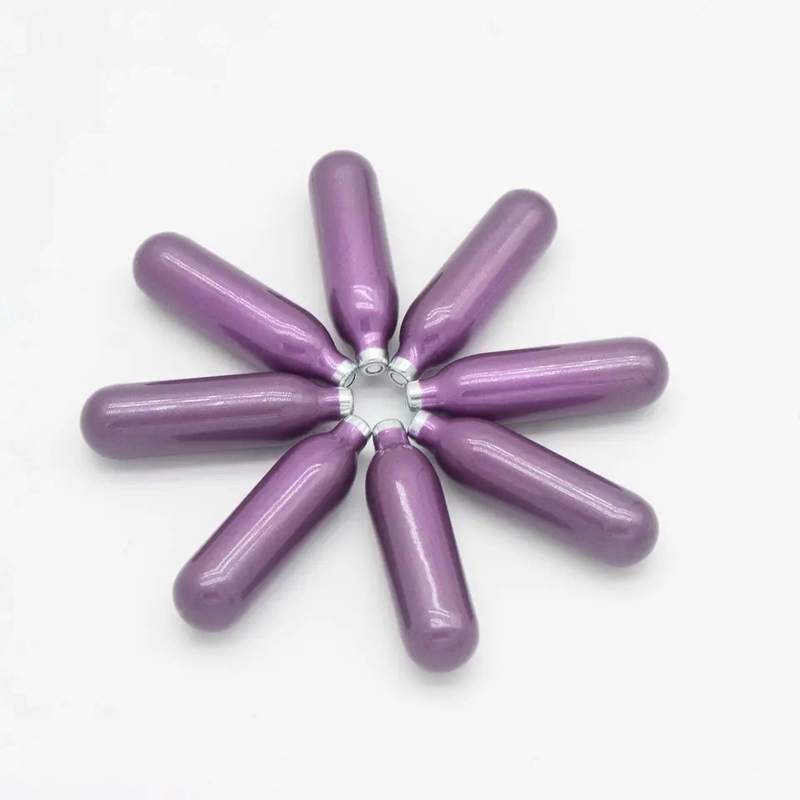Introduction
In cooking delights, cream plays a crucial role in producing lush and abundant structures in different meals. Yet when you enter the dairy products aisle, you might locate yourself contemplating the distinction between whipping cream and whipping cream. Are they the very same, or do they have unique attributes? Let’s study the world of lotions and recognize their homes, use them, and how they can elevate your cooking and baking endeavors.
Understanding Cream Types
2.1 What is Heavy Cream?
Heavy cream, also known as hefty light whipping cream chargers or merely light whipping cream in some regions, is an abundant, high-fat cream originating from cow’s milk. It has at the very least 36% milkfat, making it the creamiest and most indulgent of all creams.
2.2 What is Whipping Cream?
On the other hand, light whipping cream, often labeled as whipping cream, has a somewhat reduced fat material compared to heavy cream. It contains around 30% milkfat, still supplying an extravagant texture with a lighter touch.
Fat Material
3.1 Heavy Cream Fat Material
The high milkfat web content in heavy cream adds to its velvety level of smoothness and also makes it a suitable ingredient for producing silky sauces, soups, and treats. The raised fat web content enables it to preserve security when heated up, stopping coagulation and splitting up.
3.2 Whipping Cream Fat Material
Light whipping cream, while slightly less fatty than heavy cream, is still rich enough to be whipped into soft or tight peaks. It adds a fascinating creaminess to dishes while being flexible enough to match sweet and tasty dishes.
Utilizes in Food Preparation and also Baking
4.1 Heavy Cream in Culinary Applications
Whipping cream’s rich consistency is an active ingredient in numerous cooking thrills. It’s excellent for enriching pasta sauces, luscious soups, and decadent treats like gelato and custards. The high-fat web content additionally aids in stabilizing the cream when used in food preparation.
4.2 Whipping Cream in Culinary Applications
Light whipping cream’s reduced fat content makes it a favored choice for dishes that require a more delicate touch. It whips magnificently, making it excellent for producing airy mousses, cozy cakes, and whipped cream toppings for desserts.
Whip-ability
5.1 Can Whipping Cream be Whipped?
Depending on your recipe’s requirements, heavy cream can be whipped to develop optimal soft or stiff. The greater fat content permits it to catch air efficiently, producing an abundant, smooth whipped cream.
5.2 Whipping Cream’s Whipping Ability
With its lower fat content, whipping cream can also be switched to create soft peaks. However, attaining rigid heights with whipping cream may require more initiative and time than heavy cream due to the lower fat material.
Stability as well as Structure
6.1 Whipping Cream Security
Heavy cream holds up well under warm and stands up to curdling, making it ideal for integrating right into warm dishes without compromising its texture or uniformity.
6.2 Whipping Cream Security
Whipping cream is reasonably steady yet may be much more prone to coagulation when revealed to greater temperature levels. It’s best used in recipes where it will not go through long-term heat.
Replacing Heavy Cream as well as Whipping Cream
7.1 When to Utilize Heavy Cream as an Alternative
When a recipe calls for whipping cream, you can replace it with whipping cream, specifically in chilly applications like whipped garnishes or mousses. Nevertheless, be conscious that the appearance and splendor may vary slightly.
7.2 When to Make Use Of Light Whipping Cream as a Replacement
If a recipe defines light whipping cream, you can use whipping cream as an alternative to warm meals. It will certainly give a creamier appearance and will only curdle somewhat due to its higher fat web content.
Wellness Considerations
8.1 Nutritional Distinctions
Due to its higher fat web content, heavy cream naturally includes even more calories and hydrogenated fats than whipping cream. If you understand your calorie intake or have dietary restrictions, consider using whipping cream in moderation.
8.2 Healthier Option In Between Whipping Cream as well as Light Whipping Cream
Both heavy cream and also light whipping cream can be enjoyed in moderation as part of a well-balanced diet. Soft whipping cream might be much better if you search for a slightly lighter choice. However, portion control is still necessary.
Conclusion
In conclusion, whipping cream and whipping cream may share similarities in their creaminess, but they have considerable differences in fat web content, security, and uses. Each cream type radiates in its distinct means, using unique textures and tastes in your cooking productions. Whether you’re whipping up a rich dessert or creating a light and fluffy covering, comprehending these differences allows you to choose the ideal hanker for your following cooking masterpiece.
FAQs
What is the crucial difference between heavy cream and whipping cream?
The crucial difference hinges on their fat web content. Heavy cream has a higher fat material (around 36%), while light whipping cream has somewhat reduced fat (about 30%).
Can I use heavy cream rather than light whipping cream for desserts?
Yes, you can utilize whipping cream as a replacement for light whipping cream in treats. It will give a creamier texture as well as richness.
Is it feasible to whip light whipping cream to tight tops?
Yes, light whipping cream can be whipped to create soft or tight optimal. However, it might require more effort and time than whipping cream due to its reduced fat material.
Which cream is better for those watching their calorie consumption?
Whipping cream is a much better option for those seeing their calorie consumption, as it has slightly fewer calories and saturated fats than whipping cream.
Where can I discover more info regarding cream-based dishes?
You can explore respectable food preparation websites and cookbooks or speak with expert chefs to learn more about cream-based dishes. In addition, online food preparation areas and forums can be outstanding sources for sharing tips and dish suggestions.

